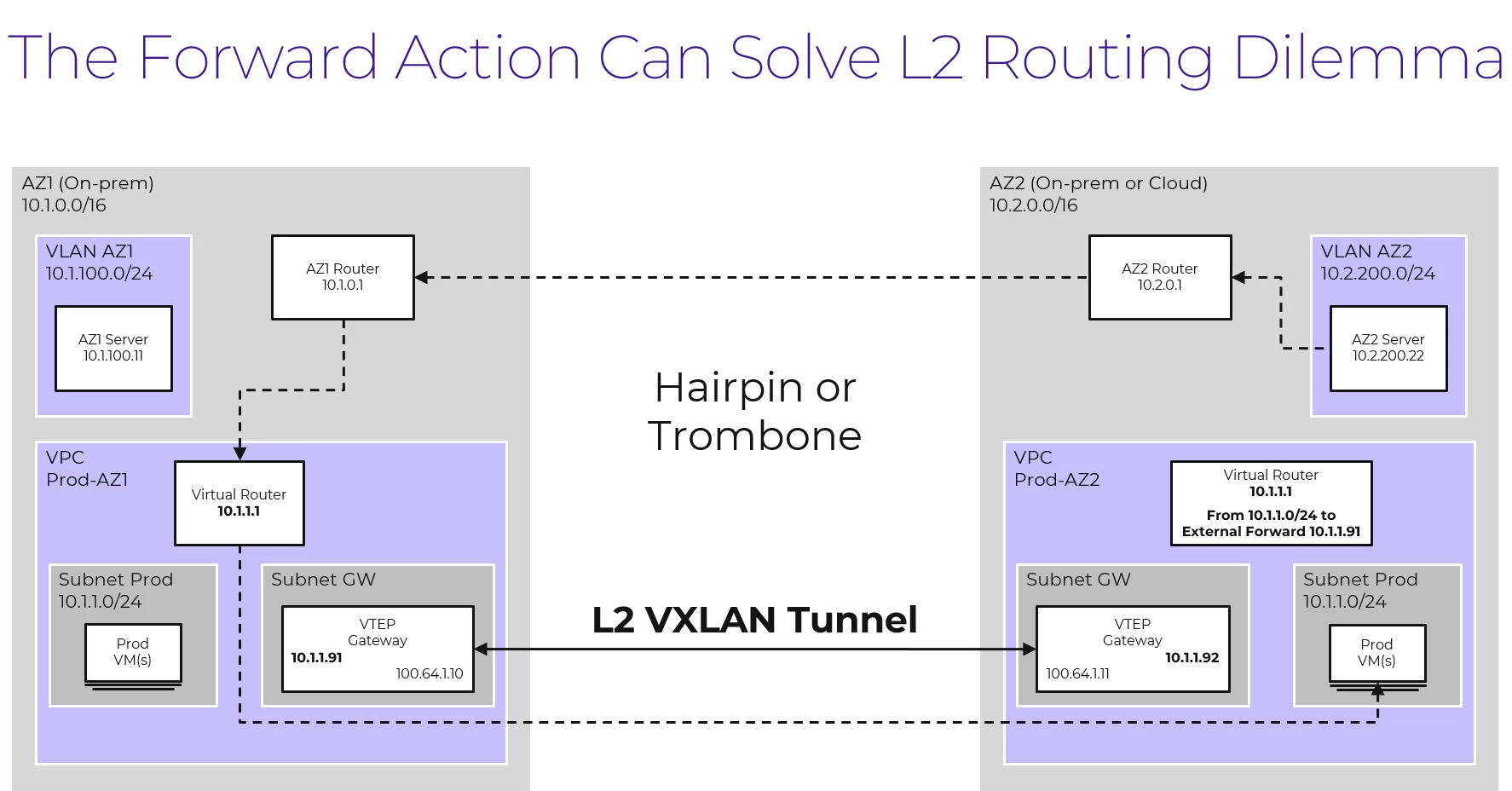Hello everyone,
I am new to Nutanix and I have an on-premises cluster with multiple VLANs configured in Prism Central. My VMs are currently placed inside these VLANs.
I am planning to migrate everything to a new NC2 cluster on Azure, but I need to keep the same VM IP addresses.
I have a few questions regarding this scenario:
-
Is it possible to maintain the same VM IPs when migrating to NC2 on Azure?
Are there any prerequisites on the on-premises Nutanix cluster to make this possible? -
What if the on-prem VLAN is also used by other physical servers outside of Nutanix?
How would these physical servers communicate with VMs in NC2 on Azure? -
How can native Azure components or other third-party networks connected to my Azure environment reach the servers in this stretched network?
For example, if I have some VMs on-prem, some on NC2, and some on other physical on-prem servers. -
Is this configuration intended as a temporary transition, or can it be permanent?
-
Regarding traffic from a physical server in the same VLAN going to other native services in Azure:
Would this traffic go through some Nutanix appliance for the extended network, or is there another recommended approach?
Any advice, best practices, or references to documentation for such a migration scenario would be greatly appreciated.
Thank you!


